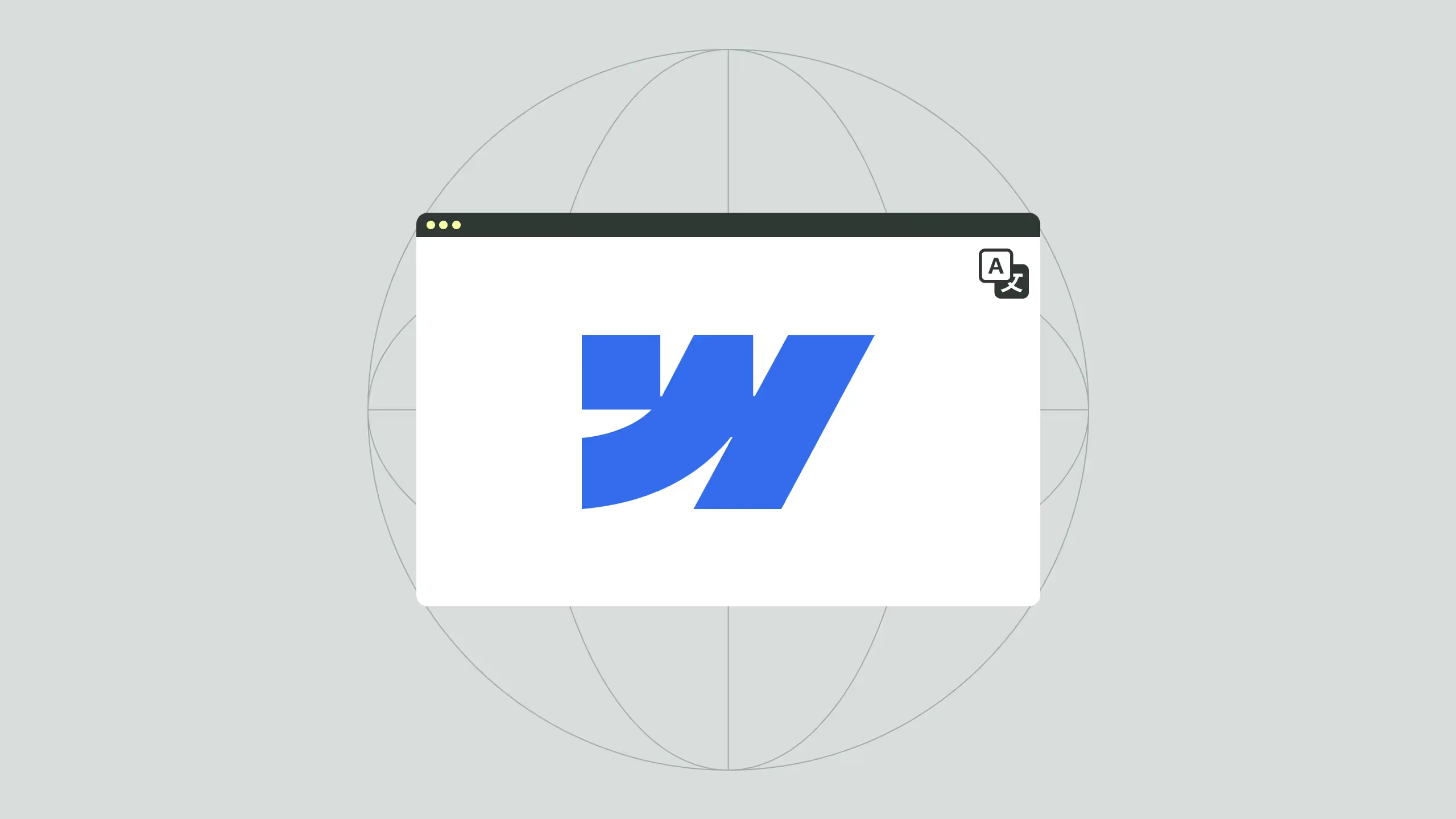Webflow localization: Reach global audiences

Webflow localization: Reach global audiences addresses a common challenge marketers and designers face — understanding how to optimize their Webflow projects for performance and impact. It uncovers key insights such as webflow has best-in-class seo and now with webflow localization is an end-to-end solution for customizing your site for a worldwide audience. The main takeaway: rethink how Webflow can be used strategically to improve results, streamline processes, and future-proof your website for long-term growth.
Webflow has best-in-class SEO and now with Webflow Localization is an end-to-end solution for customizing your site for a worldwide audience.
In the past, we were using many other third party integrations to translate our website in Webflow, and that was the only thing we could do. Just pure translation of the pages, no dynamic content included.
But now, not only we can translate the pages in Webflow natively, we can translate dynamic content and set up those pages SEO for that region specifically.
Key benefits of localization
Adapting content to local audiences is crucial to enhance your content’s relevancy and provide more immersive and personalized user experience.
Here are some of the key things why this is important:
- Improved user engagement. A localized user experience adapts to cultural expectations, leading it to more meaningful user interactions.
- Increased conversion rates. Users are more likely to respond positively when interacting in a local context. This increases relevance to the CTA’s leading it to improved click-through-rate and higher chances for a conversion.
- Compliance with legal requirements. Different regions have their own regulations and legal standards, data privacy and marketing. By adapting content and practices to align with each region’s regulations, localization ensures compliance.
Customize your locales
You can design, build, and customize localized sites directly in the Webflow Designer — visually, without writing code.
You can localize static pages, CMS items, images and alt text, control element visibility for certain regions and customize styles, such as adjusting typography and styles to accommodate different languages and regions.
You can localize static pages, CMS items, images and alt text, control element visibility for certain regions and customize styles, such as adjusting typography and styles to accommodate different languages and regions.
Different ways to translate
There are two different ways that you can translate content on your website.
- Machine-powered and manual translation. This works in a way where everything is auto translated by AI, from where you can go and manually edit translations for more granular control.
- Apps and APIs. By using some of the available Webflow partnered apps, you can leverage direct integrations with translation management systems, or use flexible APIs to connect to a TMS of your choice.
Besides all of this, it allows you to have localized URLs and subdirectories, metadata, and sitemap.
As we can see, Webflow Localization is a great native tool to not only translate your website but enhance user experience by showing them relevant content in their native language.
It’s not free to use but it’s not too expensive either. You can check their pricing on this link

.svg)
.svg)


.svg)

.avif)


